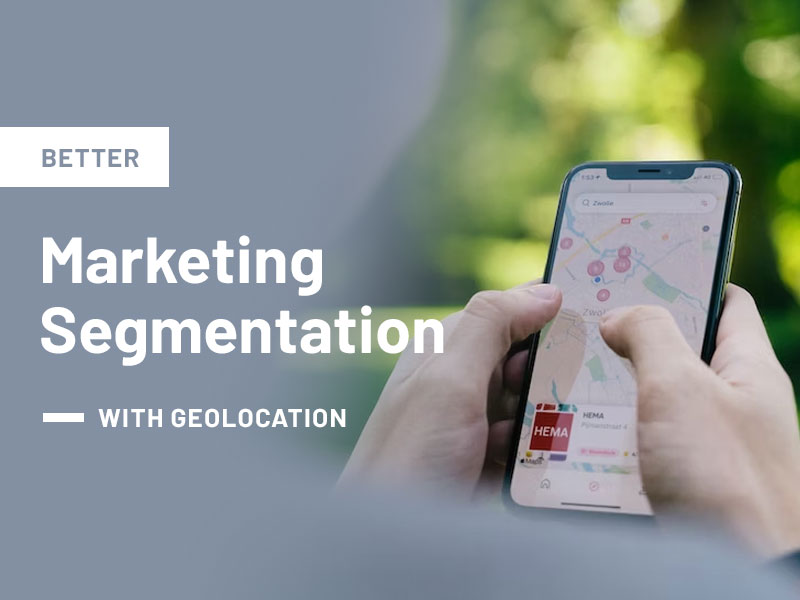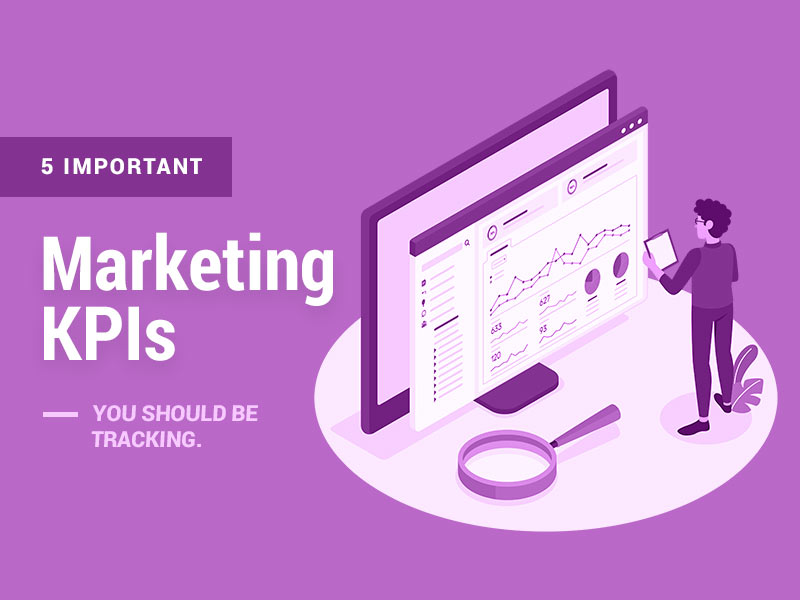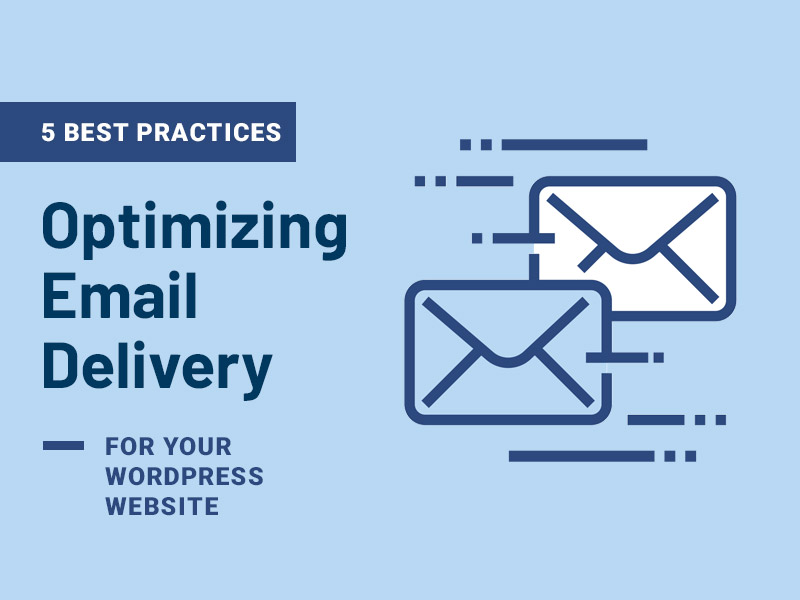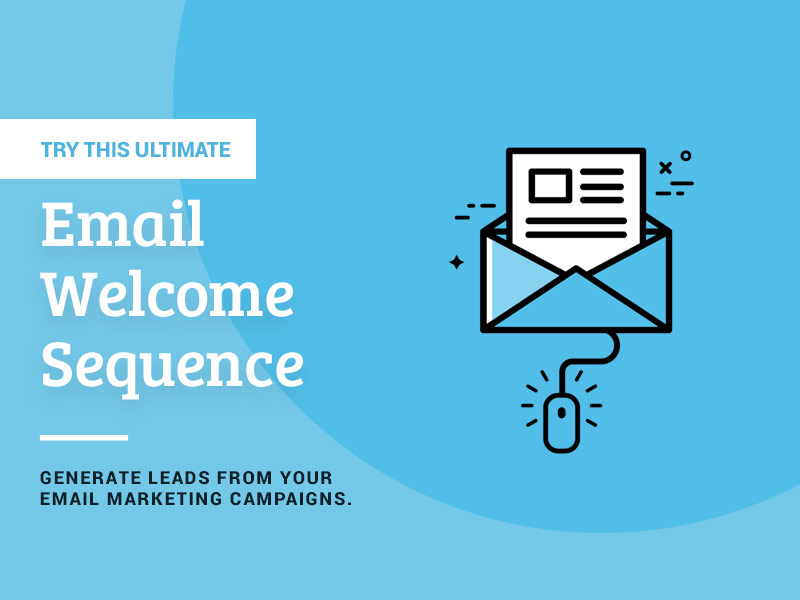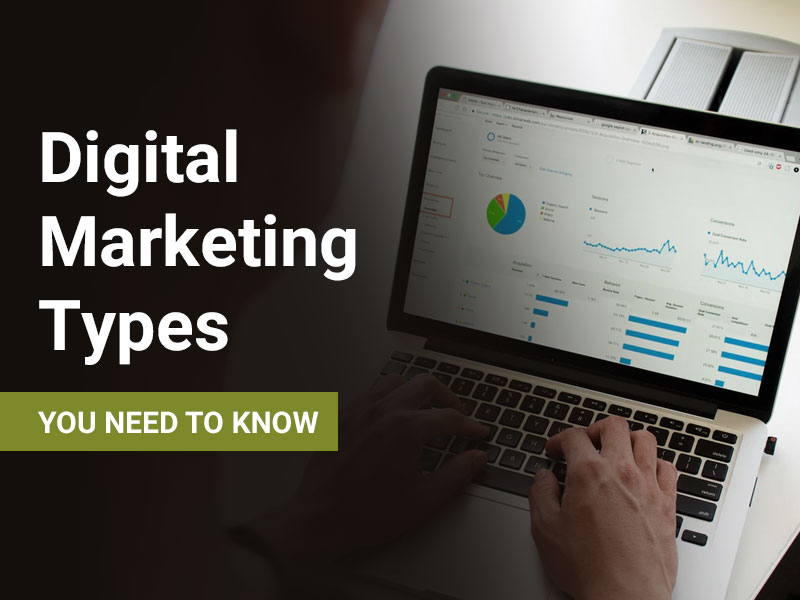Effective marketing strategies rely heavily on the implementation of marketing segmentation. By dividing the target audience into distinct groups, businesses can tailor their marketing efforts to specific customer segments, ultimately improving their engagement and conversion rates.
One powerful tool that can enhance marketing segmentation is geolocation data. In this post, we’ll explore the role of geolocation in marketing and highlight the effectiveness of interactive maps in leveraging this data for better marketing segmentation.
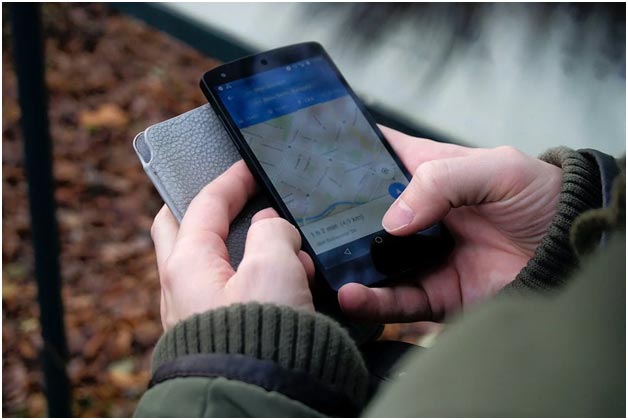
Understanding Geolocation
Geolocation refers to the identification or estimation of the real-world geographic location of an object or individual using digital data. Geolocation data provides valuable insights into the physical location of customers, allowing businesses to target them more effectively.
By combining information such as IP addresses, GPS coordinates, or Wi-Fi networks, companies can gain a better understanding of their customers’ geographic context and preferences.
The Power of Interactive Maps in Marketing Segmentation
One of the most engaging and visually appealing ways to utilize geolocation data is through interactive maps. These maps, embedded within websites or mobile applications, provide a user-friendly interface for customers to explore information relevant to their location. By integrating geolocation data into interactive maps, businesses can offer personalized experiences and effectively segment their audience.
For instance, retail stores can use a mapping tool such as Mapize to create an interactive map that displays relevant information based on a customer’s location, such as nearby physical stores, promotions, or exclusive offers. By making the shopping experience more personalized and tailored to the customer’s immediate surroundings, businesses can drive engagement and conversions.
Enhancing Customer Profiling With Geolocation
Geolocation data acts as a powerful tool for creating detailed customer profiles. According to statistics, 76% of consumers are willing to share their data with businesses in exchange for personalized experiences and relevant offers. By collecting data on customer location, businesses can gain insights into the geographical distribution of their customer base.
When combined with other demographic, psychographic, or behavioral data, geolocation information provides a comprehensive understanding of customers’ preferences, needs, and interests.
For example, a food delivery service can analyze geolocation data to identify specific areas with high demand. By understanding the concentration of potential customers in different neighborhoods, the service can allocate resources more efficiently, tailor marketing campaigns to specific areas, and even customize menus based on the preferences of different regions.
Personalized Targeting Through Geolocation
Geolocation data enables businesses to implement targeted marketing campaigns based on customers’ physical locations. Geotargeting, a strategy that uses geolocation data to deliver content specific to a customer’s location, has become increasingly popular. It allows businesses to create advertisements, promotions, or recommendations that are highly relevant to customers’ immediate surroundings, increasing the likelihood of engagement and conversions.
For instance, a clothing retailer can use geotargeting to showcase weather-appropriate clothing options to customers based on their location. If it’s raining in one area, the retailer can promote raincoats or umbrellas, while in sunny regions, they can highlight summer outfits or sunglasses. By delivering personalized recommendations aligned with the local weather conditions, businesses can establish a stronger connection with their customers.
Geolocation in Market Research
Geolocation data also plays a significant role in market research. By analyzing customer locations, businesses can gain insights into local preferences and behaviors, helping them adapt their products or services to specific markets. Geolocation data allows companies to identify emerging market trends, understand cultural nuances, and assess the demand for specific offerings in different regions.
For example, a technology company planning to launch a new product can analyze geolocation data to determine which regions have the highest concentration of potential customers. By identifying areas with a higher demand for their product, the company can focus its marketing efforts and allocate resources accordingly, maximizing its chances of success.
Geolocation-Based Advertising and Promotions
Geolocation data enables businesses to implement targeted advertising and promotions through techniques like geofencing. Geofencing involves setting virtual boundaries around specific geographic areas, and when customers enter or exit these boundaries, they receive targeted messages or offers.
For instance, a coffee shop can set up a geofence around its vicinity, and whenever a potential customer enters the area, they receive a notification about a limited-time offer or a personalized discount. By leveraging geolocation data and implementing geofencing strategies, businesses can attract customers who are physically close to their locations and increase foot traffic.
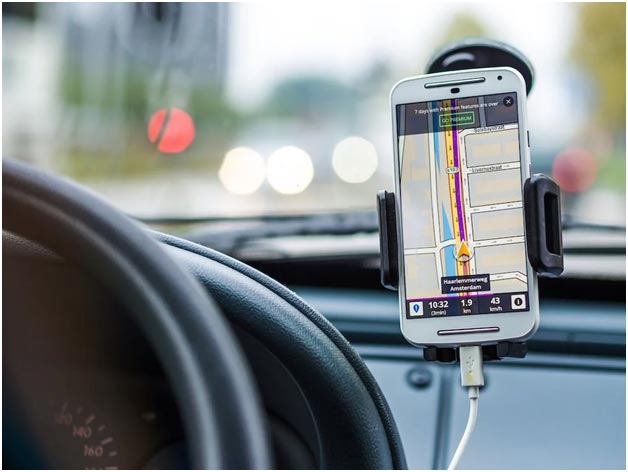
Final Thoughts
Geolocation data, when combined with interactive maps, offers businesses a powerful tool to enhance marketing segmentation. By leveraging geolocation insights, businesses can create personalized experiences, target customers more effectively, adapt products to specific markets, and maximize their marketing impact. With the right tools, technologies, and responsible practices, businesses can harness the power of geolocation and stay ahead in today’s competitive landscape.
